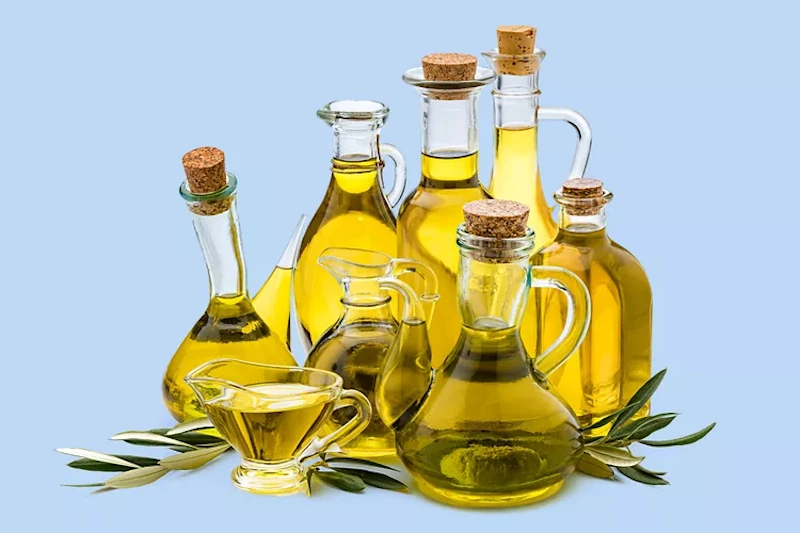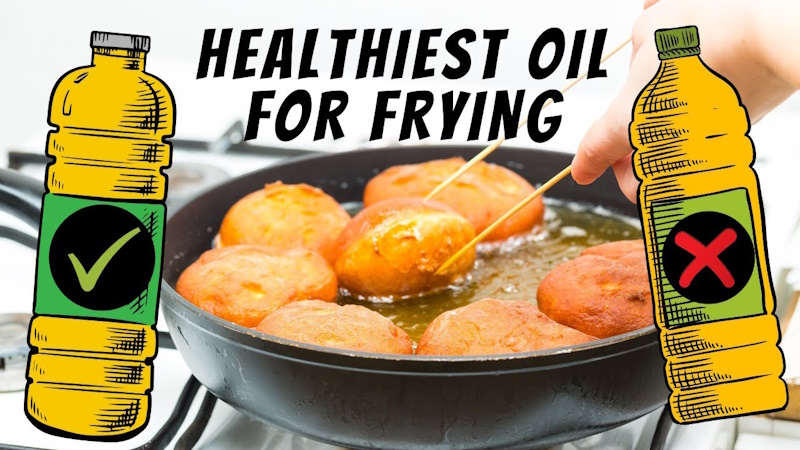Pick the Healthiest Oil: Discover the Ultimate Choice for Frying
Your Guide to Healthier Cooking
The oil you use for salad dressing isn’t necessarily the healthiest choice for frying. We delve into what happens to oil at high frying temperatures and its impact on your health.
Following the Mediterranean diet often means using olive oil for almost everything. Meanwhile, paleo and keto diets lean towards avocado and coconut oils, whereas traditional cooking might include lard. But which oil is best for frying? It’s all about the fat’s ability to withstand high temperatures.
Understanding the Oil’s Smoke Point
The smoke point of an oil is crucial when it comes to frying. This is the temperature at which oil starts to smoke and degrade. Beyond this point, oil not only smells and tastes unpleasant but also releases harmful compounds, including carcinogenic free radicals. Therefore, choosing the right oil for frying depends heavily on its smoke point.

The Healthiest Oil for Deep-Frying
For deep frying, the oil needs to reach temperatures between 350° and 400° F. These high temperatures are necessary to create a crispy exterior that prevents the food from absorbing too much oil. Oils with a smoke point of at least 400° F are ideal for deep frying. Heart-healthy options like safflower oil and rice bran oil are excellent, as they can handle temperatures up to nearly 500° F. Other good choices include peanut oil and sunflower oil for frying at 450° F, and canola or vegetable oil for temperatures around 400° F.
The Healthiest Oil for Pan-Frying
Pan-frying doesn’t get your food as crispy as deep-frying but uses significantly less oil and operates at lower temperatures. This method is perfect for oils with smoke points around 350° F or lower. Monounsaturated fats, which are liquid at room temperature, are preferable for pan-frying. Healthy options include avocado oil, canola oil, and olive oil.
Expanding Your Healthy Oil Pantry
Healthy cooking oils aren’t just for frying. Stock your pantry with a variety of oils to suit different cooking methods and dietary needs. Whether you’re deep-frying, pan-frying, or dressing a salad, the right oil can enhance both the flavor and nutritional profile of your dishes.
By understanding the properties of different oils, especially their smoke points, you can make healthier choices in your cooking and enjoy your favorite fried foods with greater peace of mind.
Health : Pickles: Why Do Pregnant Women Crave Them?
